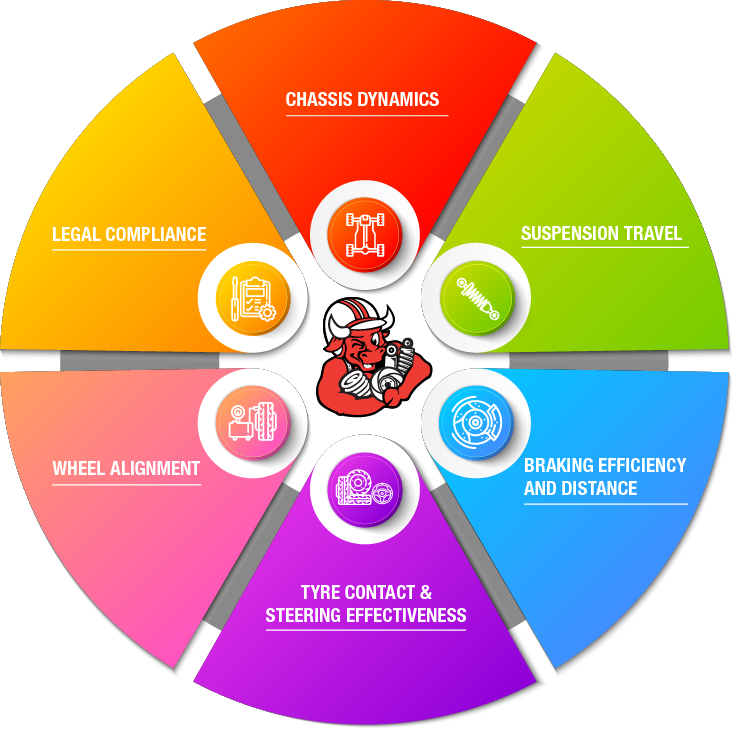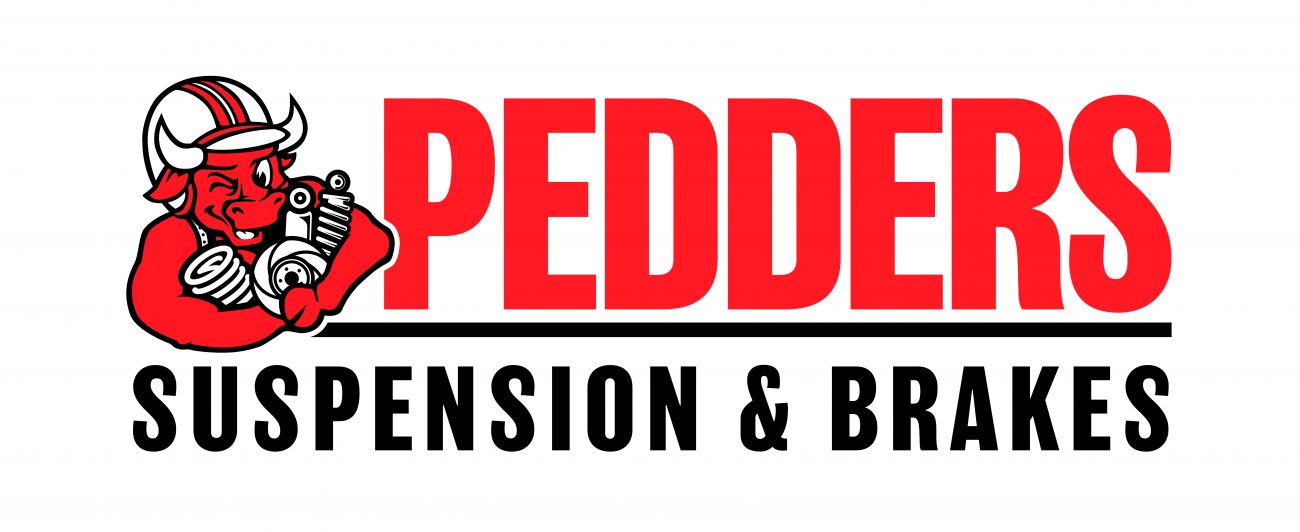
Chassis Dynamics
Chassis Dynamics The Pitch, Roll and Yaw (The front to back, side to side and rotational motion) of the vehicle body over the wheels and in particular the reaction of these movements to driver input. Increased weight changes the speed and magnitude of these movements and creates a greater disconnect between driver input and vehicle response.
Suspension Travel
The available upward (compression or bump) and downward (rebound) range of movement within the vehicle’s suspension system. Increased weight (typically seen with rear sagging caused by heavy loads) decreases the available compression travel for normal suspension operation thus increasing the frequency and severity of contact with the bump stops. This causes harsh ride characteristics, ineffective suspension control and increased risk of premature wear and tear on steering and suspension components.
Braking Efficiency and Distance
Increased Total Weight creates a magnification of energy and force onto the vehicles braking system which in turn generates increased heat and stress. Increasing total Weight and/or Inconsistent Vehicle Loading has a significant impact on brake performance, braking longevity and most importantly braking distance.
Wheel Alignment
This is the correct angle of a vehicles tyres to maximise tyre contact under normal driving conditions. Increased weight causing changes in suspension travel and geometry, which affects the angle of the wheel resulting in the reduction of tyre contact with the road and increased tyre wear. Incorrect Wheel Alignment and Tyre Contact affects all facets of vehicle performance, most importantly safety through diminished steering responsiveness and braking efficiency. How Pedders Suspension & Brakes do wheel alignment?
Tyre Contact and Steering Effectiveness
Towing and other increased rear end loads cause longitudinal weight transfer which reduces weight over the front axle. The result of this is reduced front tyre contact and grip with the road reducing the responsiveness of steering and braking to driver inputs and more specifically allowing the front of the vehicle to wander or float.
Legal Compliance
Every vehicle must operate within the weights tolerance specified by the original manufacturer. Failure to adhere to this deems the vehicle unroadworthy. And has other potential consequences including OH+S and insurance compliance issues.

 China
China Indonesia
Indonesia Thailand
Thailand